Many countries have a museum specifically devoted to art of the nation rather than just a great collection of art from all around the world. Probably the most significant of these is the Rijksmuseum in Amsterdam, which focuses on Dutch art through the ages along with related matters like how it fit into European history of the times and the relationship with the country's colonies. Thus, there are some pieces from outside the country.
Visiting the Netherlands was something I put off for the ten years while the Rijksmuseum was closed for major renovations
. Why go somewhere when one of the primary attractions you want to see is closed? I believe a selection works from the collection was exhibited elsewhere during that time, but I figured I’d wait until the museum was opened again before making Amsterdam a destination. That actually took place four years ago in April 2013, so I’m not exactly getting here for opening day.
The Rijksmuseum is a huge building that easily takes a full day to see even without using an audio guide that explains the art in greater depth. I was in line 10 minutes before opening at 9:00 and closed the place down at 5:00. Hunger pangs forced me to take a break at the overpriced museum café, but the rest of the day I spent deep in concentration.
The current layout of the museum is wonderfully chronological. You can start with late medieval art and work your way through to the 20th century. I guess there wasn’t much art produced in the Netherlands in Roman times or the dark ages
. Being north of the Rhine, most of the Netherlands was actually not part of the Roman Empire.
Although there’s art from various eras, the clear focus of the collection is on the art of the Dutch Golden Age of the 1600s, the era of Rembrandt, Vermeer, Steen, Hals, and the other great names in Dutch art when the nation was fighting for its independence from Spain, becoming a major naval and maritime trading power, and developing a large merchant middle class who had the money to buy artworks. In contrast to much of Europe up through that time, the art of the Dutch Golden Age reflects the tastes of middle class businessmen, since they were the patrons rather than the church or the aristocracy.
The most famous work in the Rijksmuseum is the large painting by Rembrandt popularly known as "The Night Watch", which depicts members of a civic guard militia, a common subject of portraits of that era. Ahead of it lies “The Hall of Honor”, the central axis of the museum which houses works by the most famous artists of the era
. However, the entire floor is dedicated to art of that century.
And needless to say, the Rijksmuseum is an extremely popular place, especially the parts around the Night Watch and the Hall of Honor. It’s the part of the museum people in tour groups who get to spend an hour in the place all visit because it has the “must see” paintings. The crush of people significantly detracts from the experience, though, as people are jostling for a better view.
Interestingly, while the entire floor devoted to the 1600s is packed, the half floor dedicated to the 1700s is virtually empty of visitors. Dutch art of that era isn’t particularly well-known, nor is it very distinguished from that of other countries of the era. I think there’s something about that Rococo period that doesn’t appeal to most people nowadays, myself included. I quickly go through the French Bouchers and Fragonards in other museum collections as well.
The 1800s get popular again from the era of Napoleon and neo-classicism on through The Hague school of naturalism and the Amsterdam impressionists, another era when Dutch art flowered
. For this era, though, I found the collection in the Gemeente Museum in The Hague to be much more extensive. Oh, and there are three Van Gogh paintings on display, naturally surrounded by a very think crowd of people who probably won’t make it to the Van Gogh Museum a short distance across the Museumplein.
The 20th century is banished to two small top floor wings, most of the art of that era in Amsterdam’s Stedelijk Museum instead. And on the bottom floor are special collections of ship models, armaments, porcelain, and musical instruments. Besides the art of the “Golden Age”, I particularly like the Netherlandish art of the 1400s and 1500s on the bottom floor of the museum, an area that’s not too crowded with visitors. That was an era before Northern and Southern Netherlands went separate ways historically, so a significant amount of religious and some secular art from Bruges, Ghent, and Antwerp are included, even though those places aren’t within the modern Dutch nation.
Well, my museum day was a success. I managed to make it through the entire place roughly in chronological order of the collection. It occurred to me that might not be the best way to do it considering that other people might have the same idea. I don’t think most people are that systematic about it, though, and just rush to see to top-listed works before wandering about the rest of the place without much of an agenda.
Rijkmuseum - The Art of a Great Nation
Monday, April 24, 2017
 Amsterdam, Noord-Holland, Netherlands
Amsterdam, Noord-Holland, Netherlands
Other Entries
-
8Kinderdijk - The Story of Dutch Windmills
Apr 159 days prior Kinderdijk, Netherlandsphoto_camera41videocam 0comment 0
Kinderdijk, Netherlandsphoto_camera41videocam 0comment 0 -
9The Hague -Peace and Art in International District
Apr 168 days prior The Hague, Netherlandsphoto_camera64videocam 0comment 0
The Hague, Netherlandsphoto_camera64videocam 0comment 0 -
10Gemeente Museum - 19th & 20th Century Dutch Ar
Apr 168 days prior The Hague, Netherlandsphoto_camera65videocam 0comment 0
The Hague, Netherlandsphoto_camera65videocam 0comment 0 -
11Scheveningen - Where Holland Goes to the Beach
Apr 168 days prior Scheveningen, Netherlandsphoto_camera40videocam 0comment 0
Scheveningen, Netherlandsphoto_camera40videocam 0comment 0 -
12Utrecht - Ancient University City in Central Nethe
Apr 177 days prior Utrecht, Netherlandsphoto_camera127videocam 0comment 0
Utrecht, Netherlandsphoto_camera127videocam 0comment 0 -
13Kroller-Muller Museum - Van Goghs Galore
Apr 186 days prior Otterlo, Netherlandsphoto_camera79videocam 0comment 0
Otterlo, Netherlandsphoto_camera79videocam 0comment 0 -
14Apeldoorn - The Het Loo Royal Palace
Apr 186 days prior Apeldoorn, Netherlandsphoto_camera82videocam 0comment 0
Apeldoorn, Netherlandsphoto_camera82videocam 0comment 0 -
15Eastern Gelderland - Zutphen & Hoge Veluwe
Apr 195 days priorZutphenphoto_camera56videocam 0comment 0 -
16Overijsel Province - Hanseatic Zwolle & Kampen
Apr 204 days prior Kampen, Netherlandsphoto_camera75videocam 0comment 0
Kampen, Netherlandsphoto_camera75videocam 0comment 0 -
17Northeast Polder - Life Below Sea Level
Apr 204 days priorUrkphoto_camera95videocam 0comment 0 -
18Friesland - Province apart from rest o Netherlands
Apr 204 days priorHindeloopenphoto_camera36videocam 0comment 0 -
19Alkmaar - 600 Year Old Friday Cheese Market
Apr 213 days prior Alkmaar, Netherlandsphoto_camera67videocam 0comment 0
Alkmaar, Netherlandsphoto_camera67videocam 0comment 0 -
20Alkmaar - Noord Holland's Medieval Heart
Apr 213 days prior Alkmaar, Netherlandsphoto_camera56videocam 0comment 0
Alkmaar, Netherlandsphoto_camera56videocam 0comment 0 -
21Keukenhof Gardens -Like Disney World for Gardeners
Apr 222 days prior Lisse, Netherlandsphoto_camera134videocam 0comment 0
Lisse, Netherlandsphoto_camera134videocam 0comment 0 -
22Bloemencorso Bollenstreek -Holland's Flower Parade
Apr 222 days prior Lisse, Netherlandsphoto_camera119videocam 0comment 0
Lisse, Netherlandsphoto_camera119videocam 0comment 0 -
23Leiden - The Oxford of The Netherlands
Apr 231 day prior Leiden, Netherlandsphoto_camera83videocam 0comment 0
Leiden, Netherlandsphoto_camera83videocam 0comment 0 -
24Haarlem - Frans Hals & Epitome of Dutch Golden
Apr 231 day prior Haarlem, Netherlandsphoto_camera87videocam 0comment 0
Haarlem, Netherlandsphoto_camera87videocam 0comment 0 -
25Rijkmuseum - The Art of a Great Nation
Apr 24 Amsterdam, Netherlandsphoto_camera117videocam 0comment 0
Amsterdam, Netherlandsphoto_camera117videocam 0comment 0 -
26The Museum Quarter - Stedelijk & Van Gogh
Apr 251 day later Amsterdam, Netherlandsphoto_camera58videocam 0comment 0
Amsterdam, Netherlandsphoto_camera58videocam 0comment 0 -
27Central Amsterdam - From Dam to Red Light District
Apr 251 day later Amsterdam, Netherlandsphoto_camera82videocam 0comment 0
Amsterdam, Netherlandsphoto_camera82videocam 0comment 0 -
28Amsterdam - The Grachtengordel (Canal Ring)
Apr 262 days later Amsterdam, Netherlandsphoto_camera93videocam 0comment 0
Amsterdam, Netherlandsphoto_camera93videocam 0comment 0 -
29Amsterdam East - Hermitage & Old Jewish Quarte
Apr 262 days later Amsterdam, Netherlandsphoto_camera39videocam 0comment 0
Amsterdam, Netherlandsphoto_camera39videocam 0comment 0 -
30King's Day - Netherlands' Annual National Party
Apr 273 days later Amsterdam, Netherlandsphoto_camera105videocam 0comment 0
Amsterdam, Netherlandsphoto_camera105videocam 0comment 0 -
31All That Goodness - Dutch Beers & Treats
Apr 284 days later Amsterdam, Netherlandsphoto_camera60videocam 0comment 0
Amsterdam, Netherlandsphoto_camera60videocam 0comment 0

 Amsterdam, Noord-Holland, Netherlands
Amsterdam, Noord-Holland, Netherlands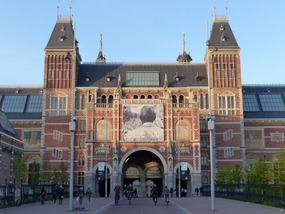
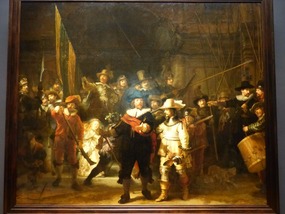
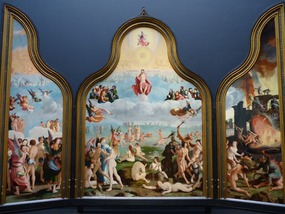
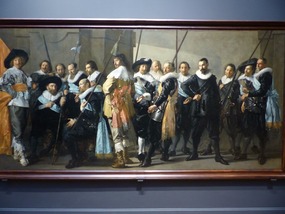

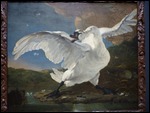
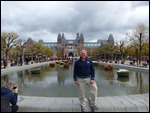
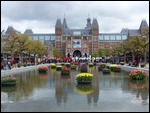

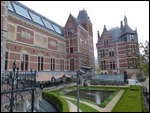
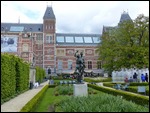
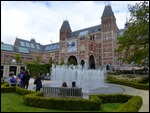
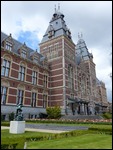
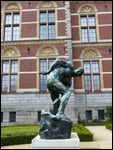
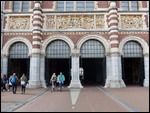
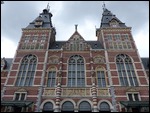
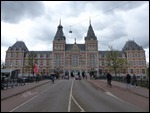
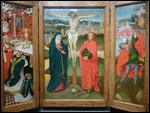

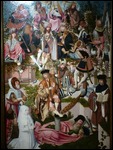

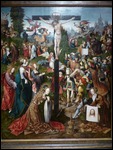
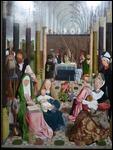
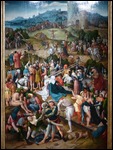
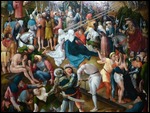
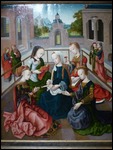
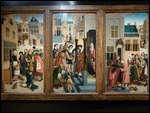
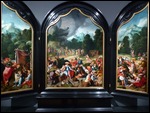
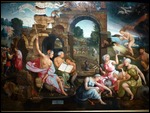
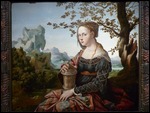

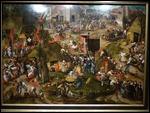
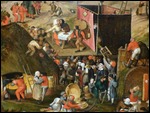
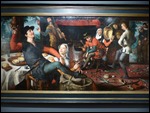
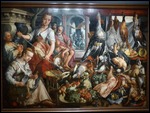

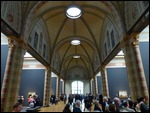
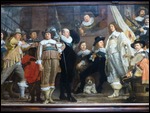
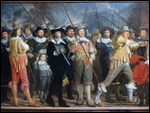
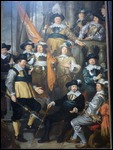
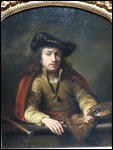
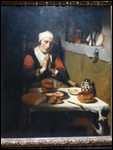
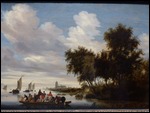
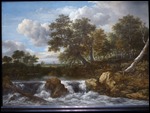
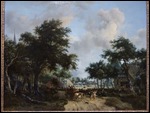
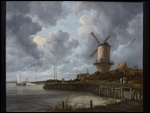
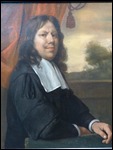
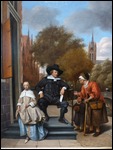
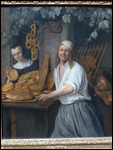
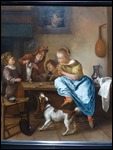
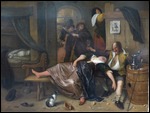
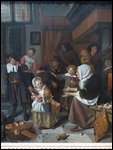

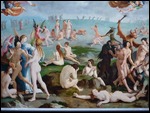

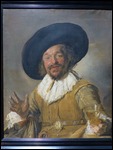
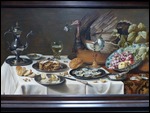

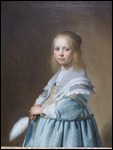
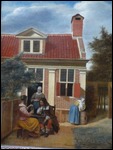
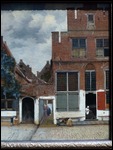

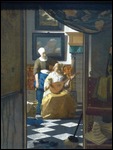
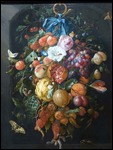

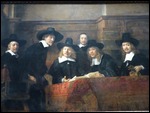
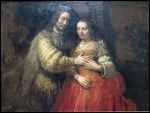
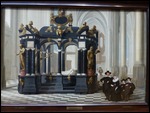

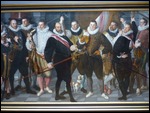
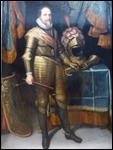
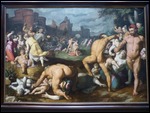
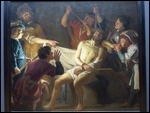
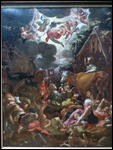
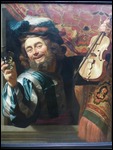


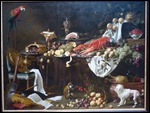
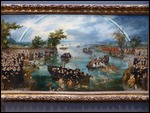

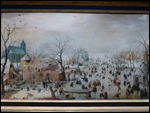

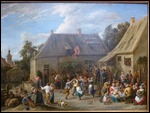
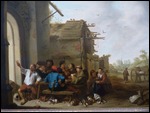


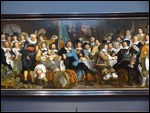

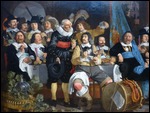


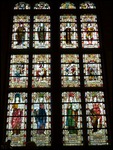
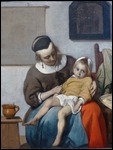
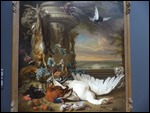
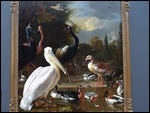
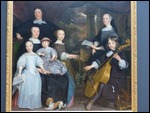
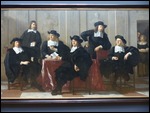
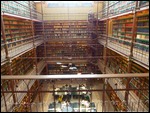
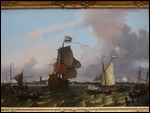

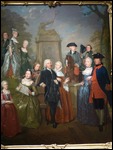
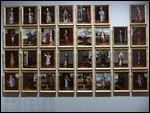
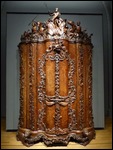
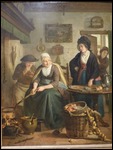

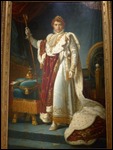
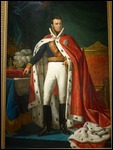
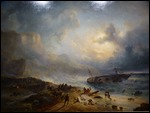

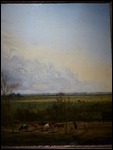
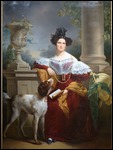

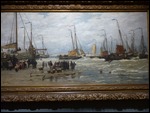
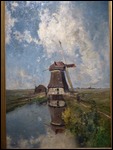
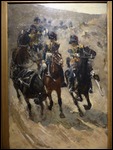
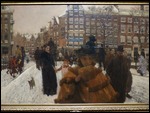
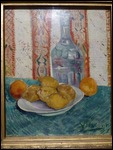
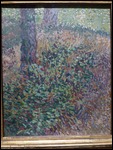
2025-05-22